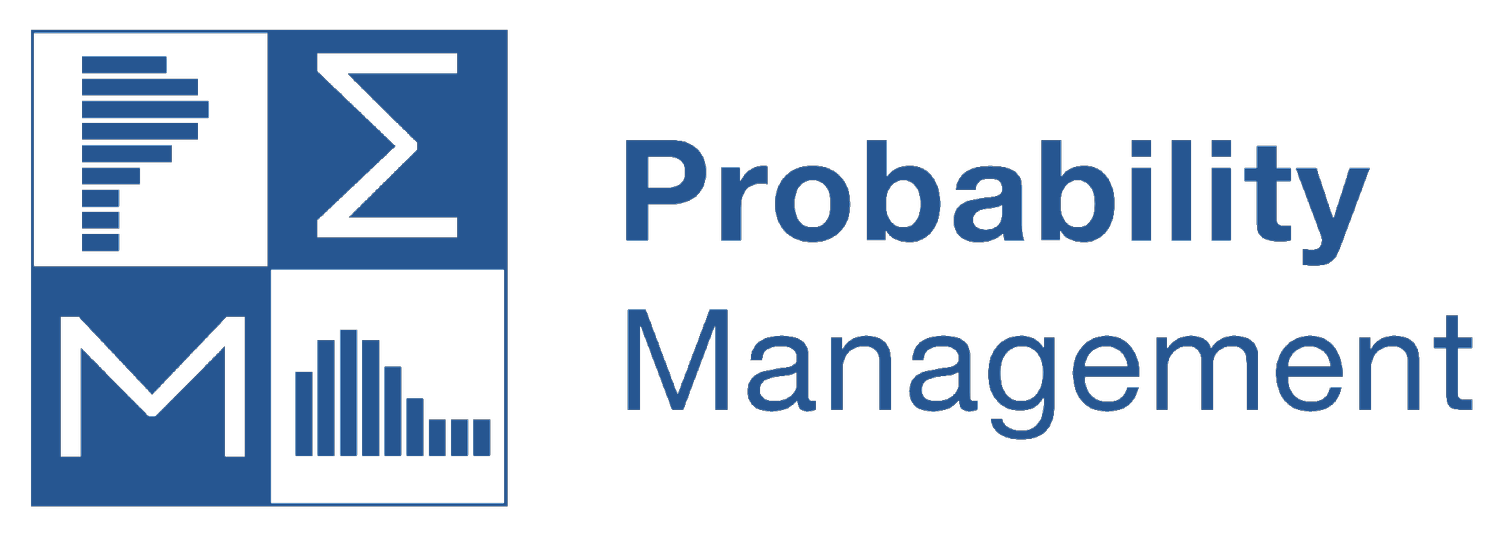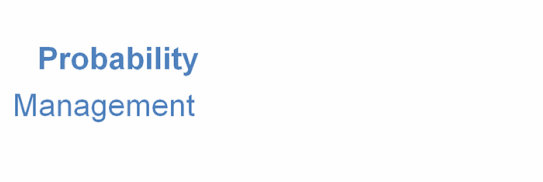Finding My Flock
by Sam L. Savage
I typically don’t pick up a lot of friends by discussing probability in polite company, leaving me feeling like the ugly duckling in the fairy tale. But earlier this month I attended a meeting of the International Cost Estimating & Analysis Association (ICEAA), at which I felt like I finally found my flock of swans.
This nonprofit organization is devoted to improving cost estimation in the face of uncertainty as required by the Department of Defense Estimating Guide. By definition, they are all applied statisticians. The talks I attended were practical but rigorous, on subjects as diverse as reducing the expense of space launch vehicles, assessing the costs of climate change, and pooling resources to create a new generation of small nuclear reactors. Unlike some meetings I have attended, the audience did not bolt for the door as soon as the session ended but stuck around to ask questions. It was very refreshing.
Everyone in this group is familiar with probability distributions. They generally view these as S Curves, since it is easy to read probabilities directly off them. But when they need to perform calculations with distributions, they typically revert to Monte Carlo simulation. Most were unaware that with probability management, you can sum uncertainties directly as data (or perform any other calculation for that matter).
My keynote presentation was entitled Making S Curves Actionable, and it described a proof of concept I developed with Christina Snyder, an experienced cost analyst and Vice President of the ICEAA. Suppose you had an S Curve for the development of a new missile system, and another S Curve for the per unit manufacturing cost of the missiles. Then to find the total program cost for 150 of the missiles, the current approach would be to run a Monte Carlo simulation based on the two S Curves. Christina and I created a 3.0 SIPmath library in JSON that allowed us to calculate Program Cost as S Curve1 +150 x S Curve2 using ChanceCalc.
I am excited by the potential synergy between the two nonprofits and hope to continue working with Christina and others at ICEAA to combine our open standards and technologies with their best practices in costs estimating. Stay tuned for more soon.
In the meantime, we have added more dates in July and August for my highly interactive Welcome to the Chance Age webinar series. As a reminder, attendees receive a free copy of ChanceCalc, a free Kindle copy of Chancification: How to Fix the Flaw of Averages (valid only for U.S.-based email addresses), and $200 off the Enterprise SIPmath Tools.







